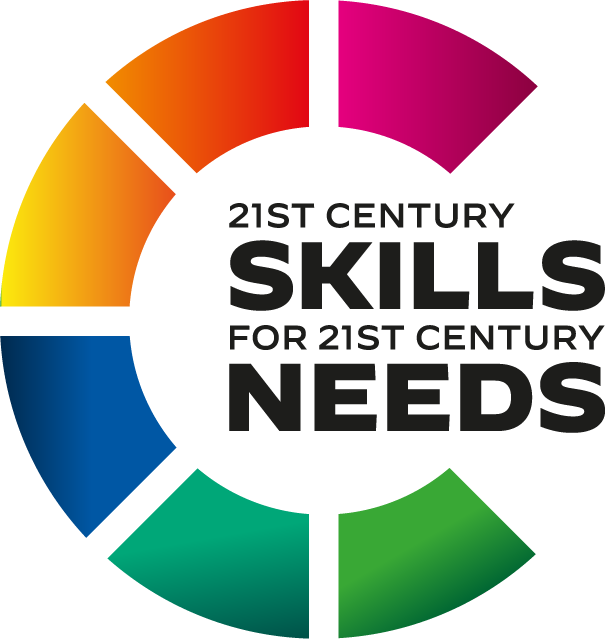Housing for Future Generations - Denmark
Which of the C’s did you choose?
During the project the students should improve their competencies on all of the six C’s, but if I had to point out which of the C’s are the main focus it would be Creativity, Communication and Critical Thinking.
Why did you choose them? What did you want the students to develop?
My focus for the project was to get the student to solve a real-life problem with a local company and when you try to solve problems rooted in the 21st century you tend to work with the competencies needed in the 21st century.
Which activities did you selected to support the development of these C’s?
The project was in collaboration with AAB, the local Workers Housing Cooperative. AAB has 4300 residentials in Vejle. Historically Vejle is an old industrial city with many industrial workers, but times have changed and so has the types of jobs in Vejle. AAB conducted a survey that stated that especially among young people the name and marketing was considered old fashioned and there was no personal connection with the term Worker.
The problem statement for the project was: How can AAB attract the future generations looking for a home? There was on limits and the groups had to present their project to the management of AAB.
In groups of 2-4 students they worked on solutions ranging from complete rebrands, new commercials, social media use, new webdesign and communication in general.
The students worked on the project for 3 weeks along side with their other subject spending approx. 15 hours on the project. Some more than others.
They conducted their own field research, idea generation, fabrication, argumentaion and reflection using an iterative design model:
How did you experience the impact of the activities on the students?
The students are used to working with real world problems in collaboration with local businesses and it always motivates them more. If they only solve exercises in the textbooks, they quickly develop mental schematics for solving the problems, but when they have to solve the real-world problems the schematics will not work anymore and they have to accommodate their learning and knowledge. That hopefully leads to students transforming their learning and internalize it. Meaning they achieve new competencies.
In this project we saw that as well. The students were on their last and third year and had the theoretical foundation to solve the problem, now they had to truly use their knowledge and show they actually learned something. All the groups came up with solutions for AAB, of course some were more thorough than others but the real revelation was during the presentation of the project, where some of the quieter students made a real impact, we do not normally see. Because they had to communicate, they actually did it and very well indeed.
The business partner AAB was very satisfied with the presentations and some of the ideas are going to be implemented.
